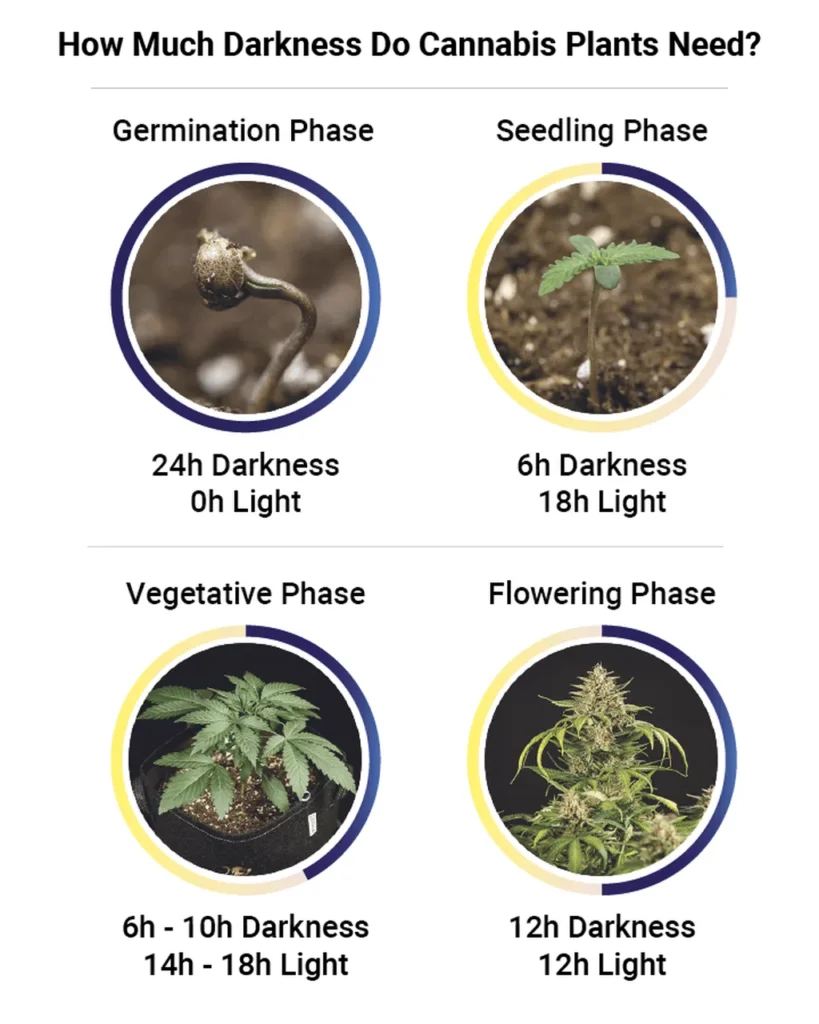In the ever-evolving world of cannabis cultivation, growers are constantly seeking ways to optimize their operations, balancing yield, quality, and cost. A recent study led by Evan F. Grover from the Agricultural Biotechnology Laboratory at the University of Connecticut has shed light on a method that, while promising in terms of energy savings, may not be the panacea it was hoped to be. The research, published in the journal ‘Plants’ (which translates to ‘Plants’ in English), explores the “night break” (NB) method and its impact on *Cannabis sativa* horticulture.
The NB method involves interrupting the dark period with a brief period of light, allowing growers to maintain vegetative growth while reducing the overall electricity required for supplemental lighting by nearly one third. This is particularly appealing given the high energy costs associated with controlled environment cannabis cultivation. “The potential energy savings with the NB method is substantial,” Grover explains. “However, our study aimed to test its feasibility under controlled indoor conditions and assess its impact on yield and plant vigor.”
The study compared the NB method to conventional light/dark periods, focusing on cannabinoid and extractable biomass yields, as well as plant phenotype. The results were revealing. While cannabinoid concentrations remained similar between treatments, the NB method reduced extractable floral biomass by approximately 22%. Moreover, plants grown using the NB method were found to be less vigorous, shorter, with shorter internodes and fewer branches.
These findings suggest that, while the NB method may indeed reduce electricity costs during the vegetative stage, the loss in yield and plant vigor may not make it economically feasible. “The energy savings are significant, but they must be weighed against the reduction in yield,” Grover notes. “In the current economic climate, the trade-off may not be favorable for many growers.”
The study’s implications are significant for the cannabis industry and the energy sector. As the industry continues to grow, so too does its energy demand. Finding ways to reduce this demand is crucial, not just for the bottom line, but also for the environment. However, as this research shows, the path to energy efficiency is not always straightforward.
Looking ahead, this research could shape future developments in cannabis cultivation. It highlights the need for a balanced approach, one that considers not just energy savings, but also yield, quality, and plant health. It also underscores the importance of further research into alternative methods of energy-efficient cultivation.
In the meantime, growers may need to weigh the potential energy savings of the NB method against the reduction in yield and plant vigor. As Grover puts it, “It’s a complex issue, and one that requires careful consideration.” For now, the quest for the perfect balance between energy efficiency and yield continues.

